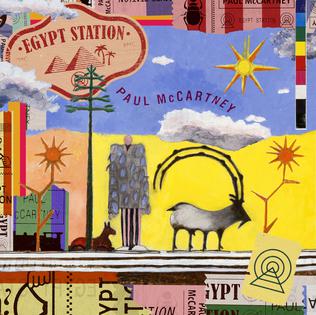
Not content to simply have conquered the worlds of music, film, philanthropy, and theme park attractions, Dolly Parton set her sights on the literary world in 2022, teaming with mega-bestselling author James Patterson to write Run, Rose, Run, the story of a young woman fleeing her dark past with dreams of country music success. After so many years of putting books in the hands of needy children, writing one of her own probably seemed like a logical next step, even if the resulting book doesn’t sound all that kid-friendly. To go along with her first foray as a novelist, Dolly also turned out something more in her wheelhouse: a companion album. Thus, Run, Rose, Run is a multimedia project of sorts, with a film adaptation apparently in the works.
I’ve not read the book, but it’s not hard to glean a rough narrative from the album alone. After the opening song “Run” serving as a sort of prologue, the titular character sets out for Nashville on “Big Dreams and Faded Jeans,” tries to avoid the pitfalls of opportunists and conmen on “Snakes in the Grass,” finds love and recovers from heartbreak on “Demons,” “Lost and Found” and “Dark Night, Bright Future.” There’s also some more general character kind of songs like “Driven” (about being, well, driven) or “Firecracker” (about being feisty and not some passive flower), and a few songs that don’t really fit into the story but are maybe meant to be songs written or performed by Rose? Having not read the book, I can’t be totally sure, but even without the narrative, it works as a pretty straightforward Dolly album, with plenty of her favorite themes and styles.
Musically, Run, Rose, Run matches its Nashville setting with an array of classic country sounds, from swaggering honky-tonk on “Woman Up (and Take it Like a Man)” to stomping acoustic blues on “Snakes in the Grass” to several full-steam-ahead bluegrass barnstormers like “Firecracker” or “Dark Night, Bright Future.” It’s an approach that mostly looks backwards, which is a good thing, because its story feels archetypal in a lot of ways. Setting these in a more radio-country kind of milieu wouldn’t work nearly as well.
It’s on the ballads that the album sometimes stumbles, with a couple tracks feeling like they stepped straight out of the early 90s moment when country and so-called “adult contemporary” started to fuse together, something Dolly herself is no doubt well acquainted with. “Secrets” has a very 90s sheen, with some chiming synths and a sort of quasi-R&B slow burn rhythm. The final track “Love or Lust,” a duet with Dolly’s longtime collaborator Richard Dennison, has a sort of musical theatre feel that can’t help but come off as corny. “Demons” does a little better, with a more dreamy, country sound and a vocal assist from Ben Haggard, Merle’s youngest son, along with a more complex lyric about two people struggling to see through their own problems to be able to help each other.
Despite these slight missteps, Run, Rose, Run is a pretty solid Dolly Parton album, probably her most satisfying since Blue Smoke nearly a decade prior. It’s cozily in Dolly’s wheelhouse, trafficking in the kind of stuff that she could probably do in her sleep at this point, but it contains a few moments of brilliance that rank among her best songs in years. Easily the highlight comes at the album’s midpoint on “Blue Bonnet Breeze,” an outlier and a sort of “story within a story” in the narrative.
As gently twinkling chimes give way to droning fiddle and waltz-time acoustic guitar strums, Dolly spins a tragic yarn in a sweet, beguiling melody about two young lovers from different economic backgrounds who run off together, only to end up dead for their trouble. It feels like a song that could’ve been written hundreds of years ago, despite its more modern trappings, and easily the kind of song Dolly herself probably could have written during her much sadder early 70s period. The star-crossed lovers story is as ancient as stories themselves, and while Dolly doesn’t exactly find a new spin on it, the song is so enchanting that it hardly matters. It fades out with wordless vocals from Dolly before leaving us with those twinkling chimes, gently swaying in the titular breeze.
“Blue Bonnet Breeze” is a standout track, but the rest of the album delivers the Dolly goods too. After a couple excursions into children’s music and Christmas music, it’s nice to get another collection of Dolly doing what she does best, and making it look so darn effortless. No need to worry if you haven’t read the book; you’ll still be able to follow along.









